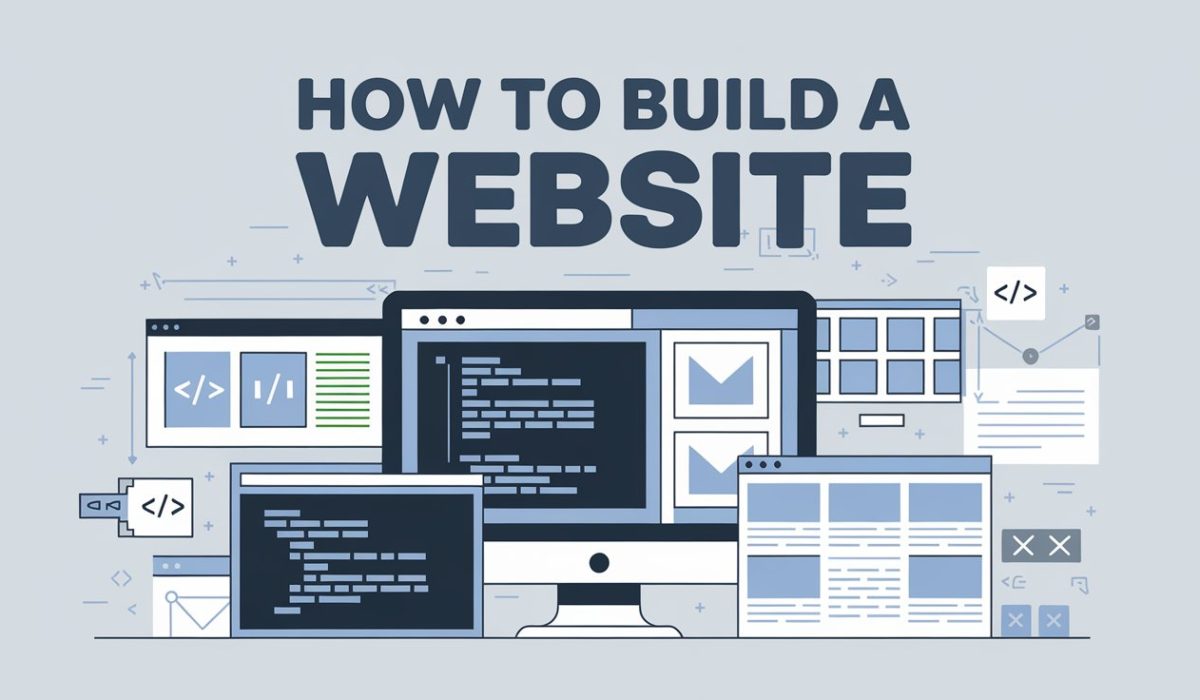How to Build a Website: A Step-by-Step Guide
Creating a website can seem daunting, but with the right approach, it can be a straightforward process. Whether you’re building a personal blog, an online portfolio, or a business site, this guide will walk you through the essential steps to build your own website from scratch.
1. Define Your Purpose
Before diving into the technical aspects, it’s crucial to define the purpose of your website. Ask yourself questions like:
- What do I want to achieve with my website?
- Who is my target audience?
- What content will I provide?
Having a clear purpose will guide your design choices and content strategy, ensuring your website meets the needs of your visitors.
2. Choose a Domain Name
Your domain name is your website’s online address. It should be memorable, relevant, and easy to spell. Here are a few tips for selecting a good domain name:
- Keep it short and simple.
- Use keywords that reflect your website’s purpose.
- Avoid using numbers or hyphens.
Once you have a name in mind, you can register it through a domain registrar like GoDaddy or Namecheap.
3. Select a Web Hosting Service
Web hosting is where your website files are stored. There are several hosting providers to choose from, including:
- Bluehost
- SiteGround
- HostGator
When selecting a hosting service, consider factors like uptime, customer support, and scalability. Many hosting providers offer one-click installations for popular website builders, making the setup process easier.
4. Choose a Website Builder or Content Management System (CMS)
Depending on your technical skills, you can choose a website builder or a CMS:
- Website Builders: Platforms like Wix and Squarespace offer user-friendly interfaces with drag-and-drop functionality, making it easy for beginners to create a website without coding knowledge.
- Content Management Systems (CMS): If you want more control and flexibility, consider using a CMS like WordPress. It’s more complex but allows for greater customization and scalability.
5. Design Your Website
Once you’ve selected your platform, it’s time to design your website. Consider the following aspects:
- Theme/Template: Choose a design that reflects your brand and appeals to your audience. Many website builders and CMS platforms offer pre-designed templates.
- Layout: Plan the layout of your site. Common elements include headers, footers, navigation menus, and content sections. Ensure your design is user-friendly and responsive on mobile devices.
6. Create Quality Content
Content is key to engaging your audience and improving your search engine rankings. Here are some tips for creating quality content:
- Write clear and concise text that addresses your audience’s needs.
- Use headings, bullet points, and images to make your content easily readable.
- Regularly update your content to keep it fresh and relevant.
7. Optimize for SEO
Search Engine Optimization (SEO) helps your website rank higher in search engine results. To optimize your site:
- Use relevant keywords in your content.
- Create descriptive title tags and meta descriptions.
- Use alt text for images.
- Ensure your website loads quickly and is mobile-friendly.
8. Test Your Website
Before launching, thoroughly test your website to ensure everything works correctly. Check for:
- Broken links
- Page load times
- Mobile responsiveness
- Browser compatibility
Gather feedback from friends or colleagues to identify any areas for improvement.
9. Launch Your Website
After testing and making necessary adjustments, it’s time to launch your website! Announce your launch on social media, and consider using email marketing to inform your audience.
10. Maintain and Update Your Website
Once your website is live, ongoing maintenance is essential. Regularly update your content, check for broken links, and ensure your site’s software is up to date. This will help improve user experience and maintain your SEO rankings.
Conclusion
Building a website may seem overwhelming, but by following these steps, you can create a successful online presence. Remember to define your purpose, choose the right tools, and focus on quality content and SEO. With dedication and the right approach, your website can become a valuable asset for your personal or professional goals.
